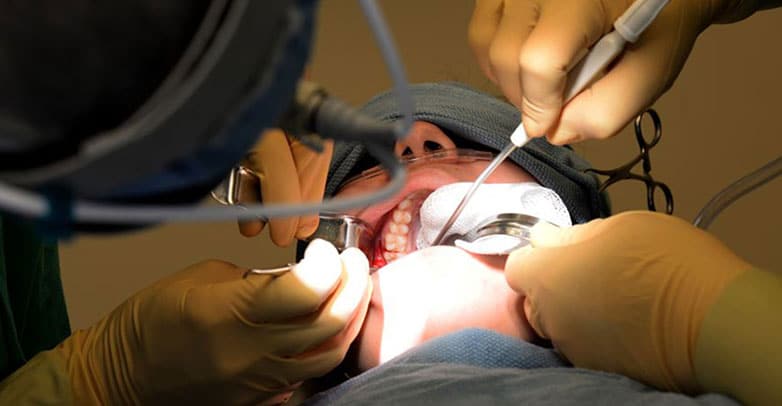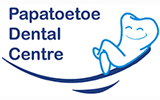
Tooth Extraction
Painless removal of the whole tooth, which has damaged beyond repair, either from decay or becoming cracked or broken from injury.
Although permanent teeth were meant to last a lifetime, there are a number of reasons why tooth extraction may be needed. Some of the reasons are :
- Tooth badly damaged, from trauma or decay, to be repaired
- Periodontal(Gum) Disease
- Risk of infection. If your immune system is compromised (for example, if you are receiving chemotherapy or are having an organ transplant), even the risk of infection in a particular tooth may be reason enough to pull the tooth.
- Crowded teeth
After You’ve Had a Tooth Pulled
Following an extraction, your dentist will send you home to recover. Recovery typically takes a few days. The following can help minimize discomfort, reduce the risk of infection, and speed recovery.
- Take painkillers as prescribed.
- Bite firmly but gently on the gauze pad placed by your dentist to reduce bleeding and allow a clot to form in the tooth socket. Change gauze pads before they become soaked with blood. Otherwise, leave the pad in place for three to four hours after the extraction.
- Apply an ice bag to the affected area immediately after the procedure to keep down swelling. Apply ice for 10 minutes at a time.
- Relax for at least 24 hours after the extraction. Limit activity for the next day or two.
- Avoid rinsing or spitting forcefully for 24 hours after the extraction to avoid dislodging the clot that forms in the socket.
- After 24 hours, rinse your mouth with a solution made of 1/2 teaspoon salt and 8 ounces of warm water.
- Do not drink from a straw for the first 24 hours.
- Do not smoke, which can inhibit healing.
- Eat soft foods, such as soup, pudding, yogurt, or applesauce the day after the extraction. Gradually add solid foods to your diet as the extraction site heals.
- When lying down, prop your head with pillows. Lying flat may prolong bleeding.
